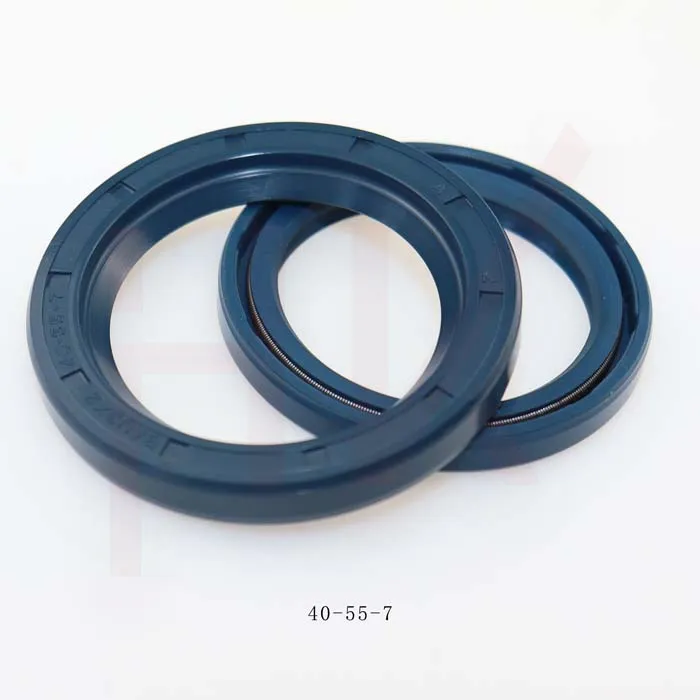Dec . 04, 2024 00:40 Back to list
Understanding the Role of Oil Seals in Wheel Hub Functionality and Performance
Understanding the Oil Seal in Wheel Hubs An Essential Component for Automotive Performance
The oil seal, often referred to as a fluid seal, plays a crucial role in the functionality and longevity of wheel hubs in vehicles. This small yet significant component is designed to prevent the leakage of lubrication while keeping contaminants out, thus ensuring that the internal mechanisms of the wheel hub operate efficiently.
The Role of Oil Seals in Wheel Hubs
In automotive engineering, wheel hubs are critical as they house the wheel bearings that allow the wheels to rotate smoothly. The oil seal acts as a barrier, sealing the inner environment of the hub assembly. It helps retain the lubricants, such as oil or grease, preventing them from escaping into the external environment. This containment is vital for reducing friction between moving parts and minimizing wear and tear, thereby enhancing overall vehicle performance.
Composition and Design
Oil seals are typically made from elastomeric materials, which offer flexibility, durability, and resistance to various environmental factors, including temperature variations and exposure to chemicals. The design of an oil seal includes a circular rubber lip that makes contact with the rotating shaft of the hub. This contact creates a static seal, which is essential for preventing leaks while allowing for smooth rotation of components.
Moreover, oil seals are designed with a specific shape and size to accommodate various wheel hub configurations across different vehicles. The effectiveness of an oil seal largely depends on its precise fitting and the materials used in its construction.
oil seal wheel hub

Importance of Maintenance
Like any other component in a vehicle, oil seals are subject to wear and tear over time. Regular inspection and maintenance are essential to ensure they remain in optimal condition. Signs of a failing oil seal include unusual noises from the wheel area, presence of oil leaks on the wheel or brake components, and decreased lubrication levels in the hub assembly. Addressing these issues promptly can prevent more severe damage to the wheel bearings and other related components, thus saving time and money on extensive repairs.
Installation and Replacement
When it comes to replacing an oil seal, precision is key. Proper installation ensures that the seal functions effectively and maintains the integrity of the lubricant within the wheel hub. It is advisable to follow manufacturer guidelines and to use the correct tools during the installation process to avoid damage to the seal or the hub assembly.
Technicians and automotive enthusiasts need to be vigilant about choosing high-quality oil seals that fit the specific make and model of the vehicle. Investing in top-quality parts not only prolongs the life of the wheel hub assembly but also enhances the safety and performance of the vehicle.
Conclusion
In conclusion, the oil seal in wheel hubs may be a small component, but its impact on the vehicle's overall performance is significant. Proper maintenance and timely replacement of oil seals contribute to the reliable operation of the wheel hub assembly and ensure that drivers can enjoy a safe and smooth driving experience. Understanding the importance of oil seals can help vehicle owners appreciate their role in automotive engineering and the need for regular vehicle maintenance. Whether you're a car enthusiast or an everyday driver, keeping an eye on these integral parts can make all the difference in ensuring your vehicle remains roadworthy and efficient.
-
TCN Oil Seal Metal Ring Reinforcement for Heavy Machinery
NewsJul.25,2025
-
Rotary Lip Seal Spring-Loaded Design for High-Speed Applications
NewsJul.25,2025
-
Hydraulic Cylinder Seals Polyurethane Material for High-Impact Jobs
NewsJul.25,2025
-
High Pressure Oil Seal Polyurethane Coating Wear Resistance
NewsJul.25,2025
-
Dust Proof Seal Double Lip Design for Construction Equipment
NewsJul.25,2025
-
Hub Seal Polyurethane Wear Resistance in Agricultural Vehicles
NewsJul.25,2025
-
The Trans-formative Journey of Wheel Hub Oil Seals
NewsJun.06,2025
Products categories
















